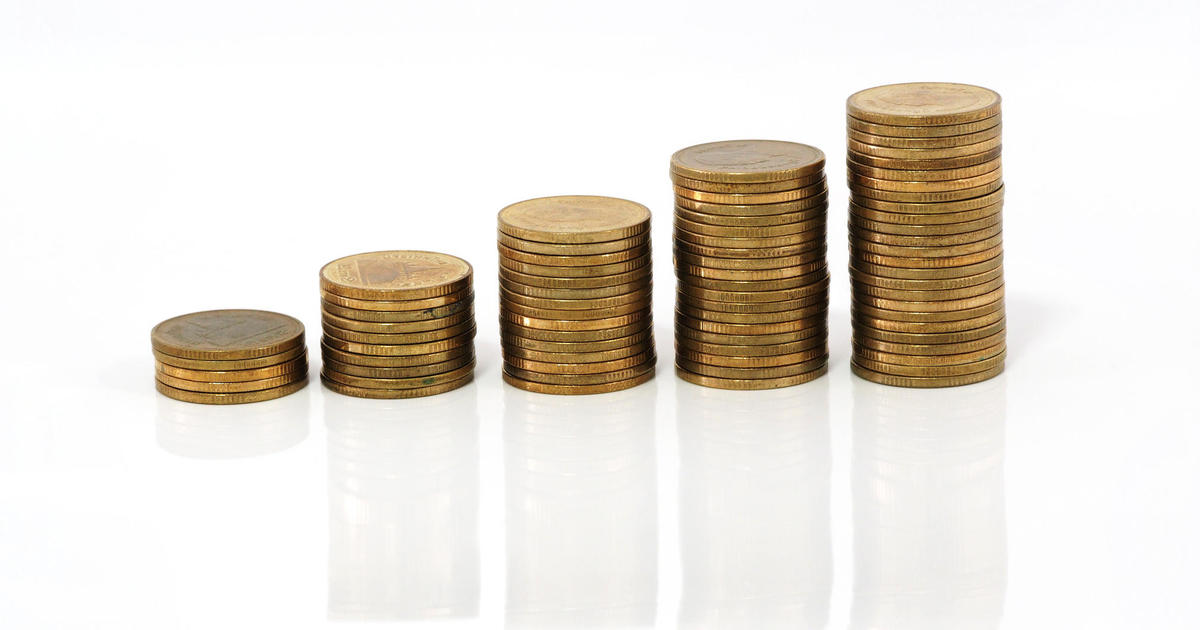Salmon price surges as parasites plague fish farms
Gary Greengrass, whose family has been in the business of selling lox for more than a century, isn’t sure what to do about the climbing price of salmon, the only ingredient in the Jewish delicacy.
“I’m seeing more increases coming to me on the wholesale level,” said Greengrass. “I’m trying to weather it a little bit before I decide to pass [the price increase] along” to consumers. Farm-raised salmon is currently retailing around $8 a pound. Wild salmon is orders of magnitude more expensive. Seattle’s famous Pike Place market sells Coho salmon frozen at sea for $49 a pound.
According to data collected by Nasdaq, wholesale salmon prices for fish farmed for export in Norway, the world’s largest salmon producer, have surged more than 13 percent over the past four months. That continues a trend from last year, when Norwegian prices spiked 40 percent, according to the Norweigan Seafood Council. Global supplies fell by about 9 percent in 2016.
Salmon farmers, who provide the vast majority of the fish sold to U.S. consumers, face myriad environmental challenges, including an outbreak of sea lice that global warming could be exacerbating, say scientists. The parasites, which feed on the fish’s blood and tissue, reportedly are growing immune to the pesticides that producers are using to battle them.
Chilean growers also encountered an algae bloom last year that killed more than 135,000 tons of the fish, further depleting supplies. Chile is the world’s second-largest salmon producer.
“It has definitely gotten quite expensive,” said John Sackton, editor and publisher of trade news site Seafood.com. “Salmon prices have gone up, and the price of competing proteins such as beef and pork have gone down. This is obviously concerning the salmon producers.”
Production in Scotland, another key supplier, dropped 4 percent to 171,000 tons last year because of an outbreak of another parasitic ailment called amoebic gill disease, according to the Guardian.
In response to these environmental challenges, salmon producers are raising fewer fish in their farms, which are essentially cordoned off areas in the ocean, further constraining supplies. Global demand for salmon remains strong, helped by public interest in healthy eating and love of sushi.
“When you reduce density [in fish farms], you get healthier fish, but you produce less fish,” Sackton said. “Salmon has become such a staple -- not just in the U.S. -- it’s getting a lot of traction in other markets around the world like Japan, Brazil and China.”
Whether you order lox or sushi, don’t be surprised when the bill comes.



